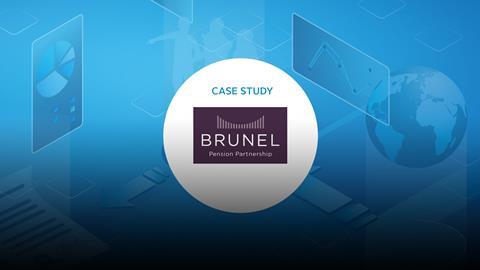Case study by Brunel Pension Partnership
- Signatory type: Asset owner
- Region of operation: UK
- Assets under management: £30bn
Why SDGs can be a vital tool in strategic asset allocation
Strategic asset allocation (SAA) is set by each of our clients on an individual basis. We use the Sustainable Development Goals (SDGs) in workshop training exercises for clients in order to raise the awareness of important ESG factors. We found these exercises to be a useful way to encourage wider thinking about the SDGs as a tool for SAA construction, identifying potential risks and opportunities and engagement.
How training can help us understand the importance of SDGs
Our Responsible Investment Team ran this session as part of a training day.
- The room was split into small groups of two to three people
- We had laminated cards, each with an SDG printed on, and asked each of the small groups to select one
- The groups then had to discuss how the SDG card they selected is an important consideration for SAA.
Discussion points included:
- What does the SDG mean to them as investors/a pension fund and to beneficiaries?
- What are the political, regulatory and investment risks and opportunities that arise from the SDG?
- Where there is an investment opportunity or risk and whether these are specific to countries or asset classes that are more exposed?
- Thinking beyond SAA are these topics something that we should engage with policy makers and/or companies about?
We then went around the room helping to facilitate the discussion where needed, asking if groups had questions or wanted help.
Example – SDGs discussion topics
Examples of the types of discussions we had on the training day included:
SDG 7 – Clean and affordable energy
Discussing infrastructure as an asset class, the types of investments and how they can contribute to this goal, the benefit of having these assets in a portfolio, the risk of policy changes and geographical differences.
SDG 11 – Sustainable cities and communities
Discussing property as an asset class, how we can work with property managers to achieve this SDG, energy efficiency, building design, the Global Real Estate Sustainability Benchmark (GRESB), what political and regulatory decisions have or may influence property and the role of infrastructure investments.
SDG 13 – Climate action
Identifying the assets and companies that are most at risk as we transition to a low carbon future, how this may impact SAA in terms of opportunities for certain sectors/companies and the engagement action needed to achieve this goal with companies and policymakers.
SDG 16 – Peace, justice and strong institutions
Examining how cybercrime can threaten to weaken democratic institutions, modern slavery, and the industries where it is more prevalent, human rights abuses and the countries/geographies where these are more common.












